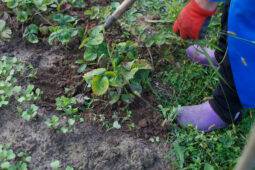Why You Shouldn’t Mow Your Lawn In A Heatwave (And What To Do Instead)
Mowing the lawn, even in the middle of a heatwave, might feel like something that needs to be done, but it can actually do more harm than good. Both your grass and your mower aren’t built for extreme heat, and a little patience can save you a lot of trouble later. Here’s why mowing in the heat a bad idea and what your lawn needs instead.
Your Grass Is Already Stressed
During a heatwave, grass goes into survival mode. It slows its growth and focuses mostly on holding onto moisture. Mowing it during a heatwave strips away what little protection it has left. Cutting blades when they’re dry and brittle can leave them scorched or even fully dead. Skipping a mow (or a few) gives your lawn a better chance of bouncing back once temperatures drop and rain returns. It may look untidy, but it’s helping the grass stay alive.
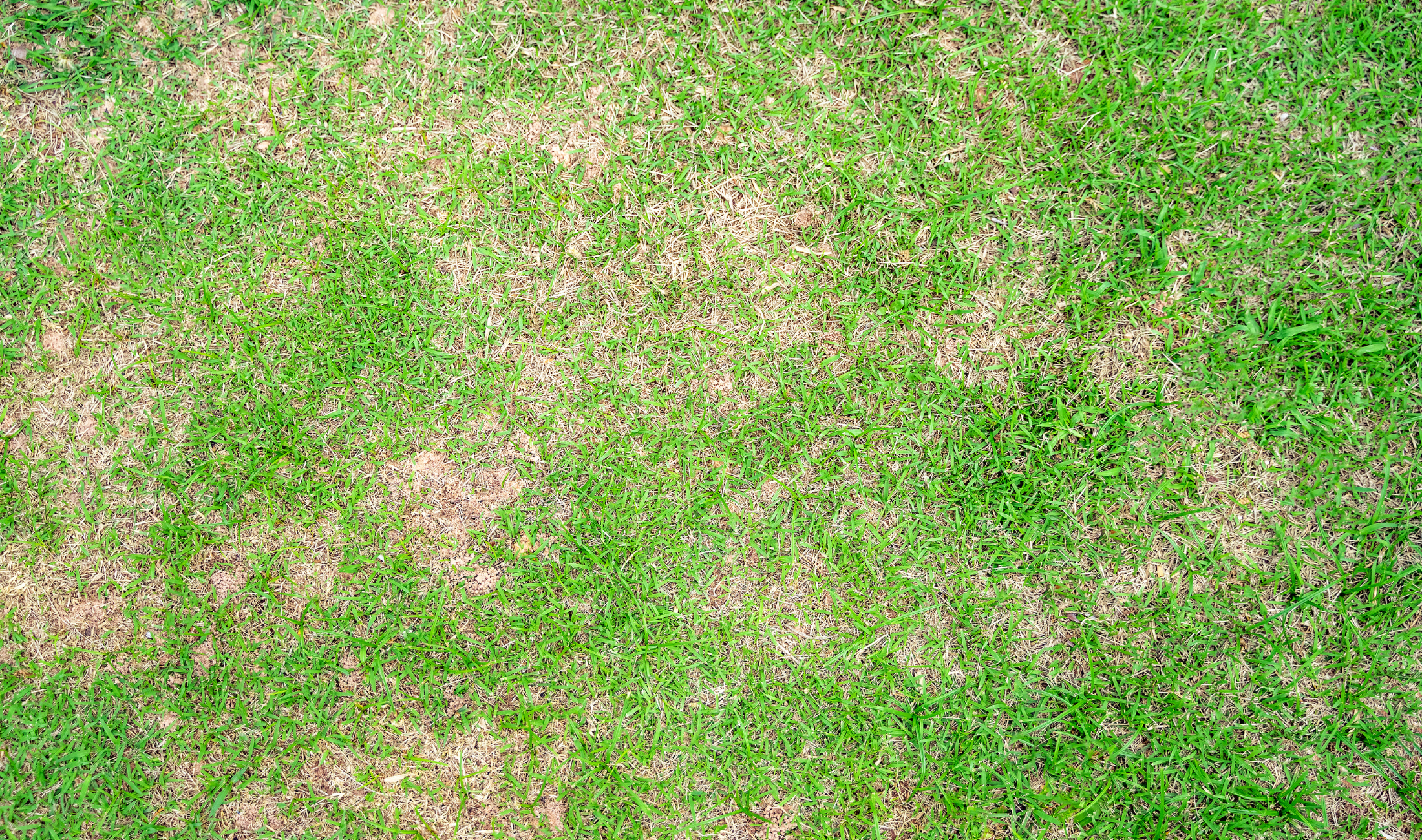
Mowing Can Burn Your Lawn
When you mow during extreme heat, you expose the soil and roots to direct, brutal sunlight. This raises the ground temperature, dries out the soil, and increases the risk of sunburned grass. That yellow, crunchy look that shows up a day after mowing in high heat isn’t just cosmetic, it’s actual damage. Even a slightly longer blade of grass can help shade the soil underneath and keep the lawn cooler overall.
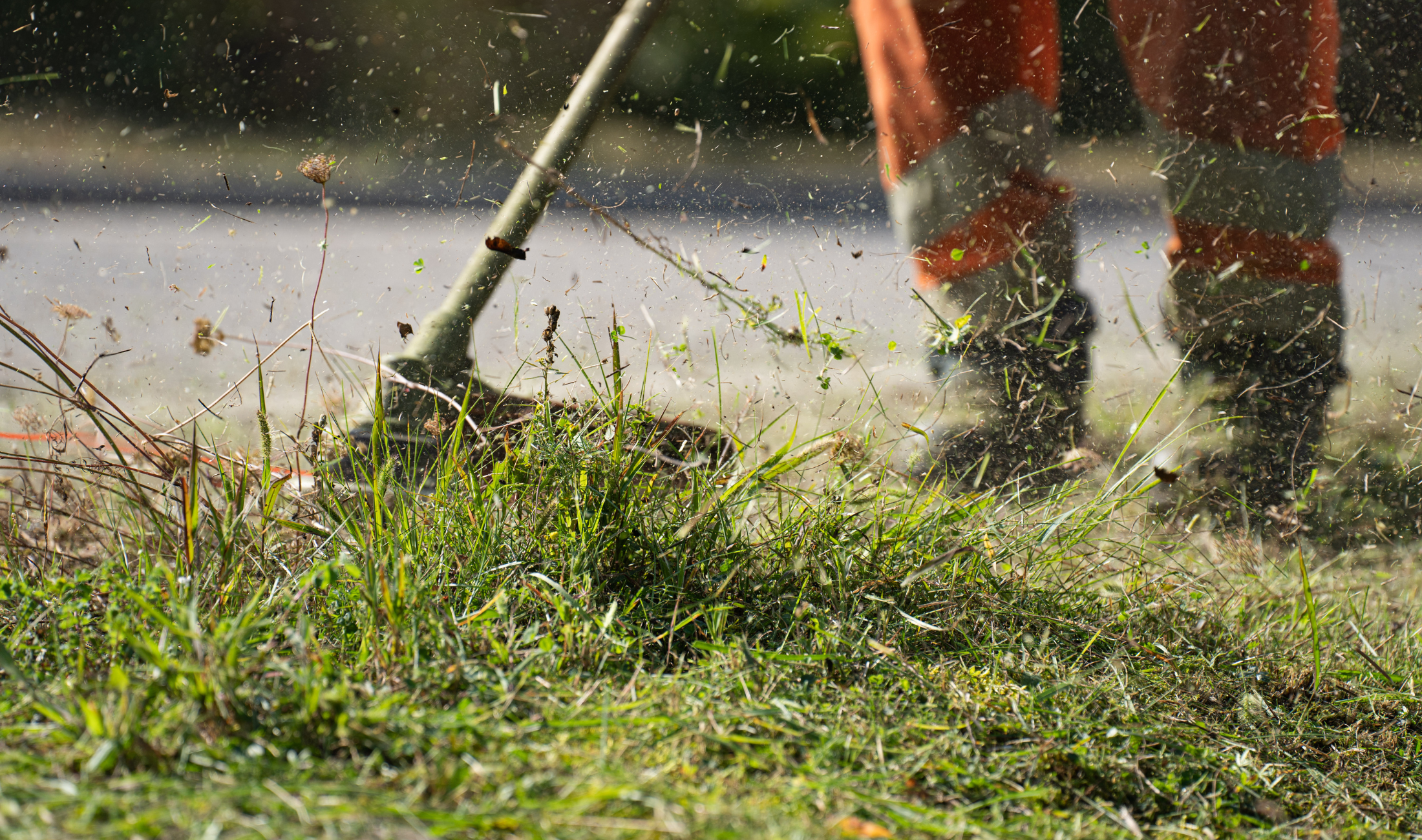
You Risk Damaging Your Mower
Most lawn mowers aren’t built for high heat, especially if they’re older or electric. Running them during peak temperatures increases the chance of overheating, motor strain, and long-term wear. The ground is often dry and dusty during a heatwave too, which can clog filters and dull the blades faster. If the mower’s working harder than usual, it may be better to give it a break for a bit.
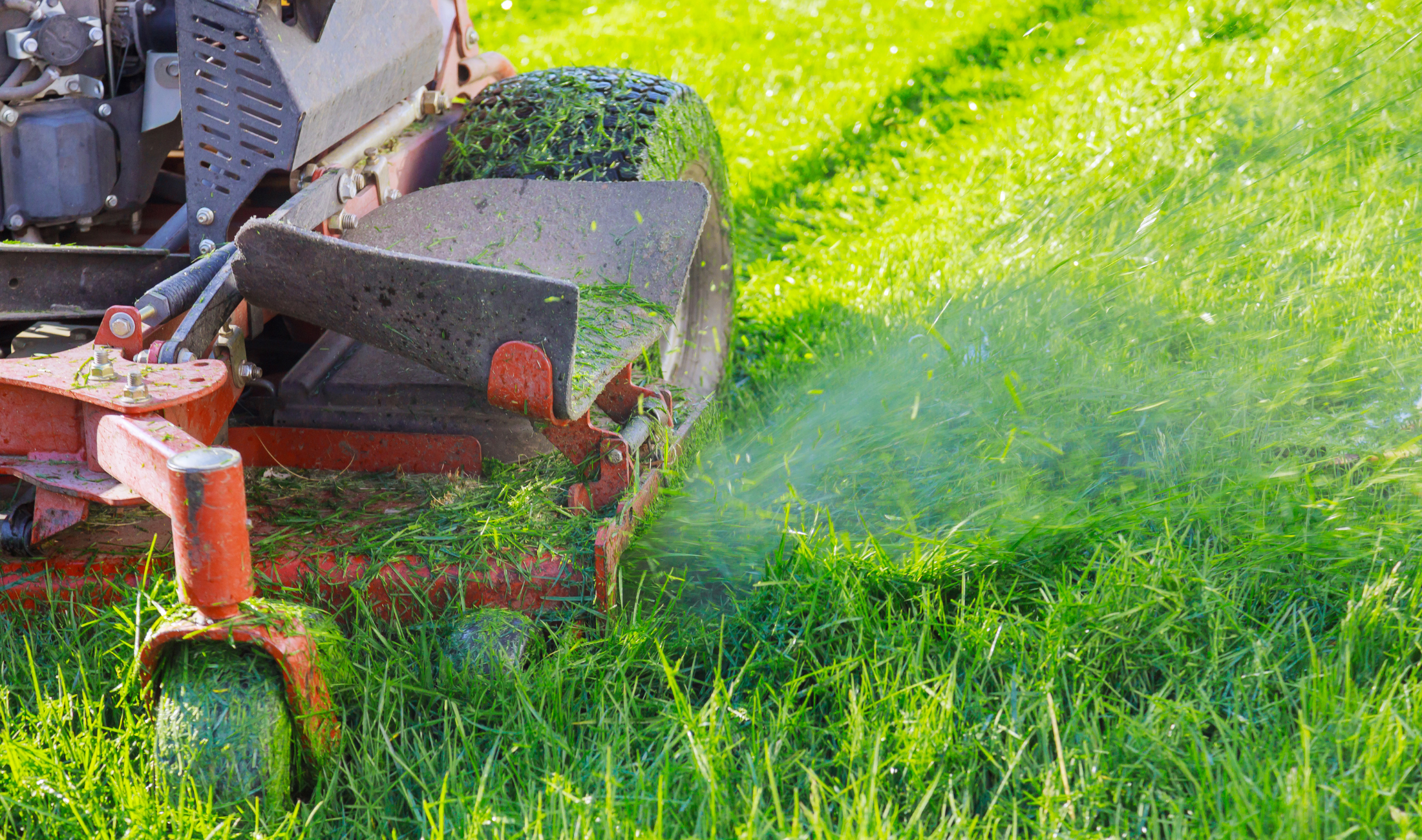
You Could Put Your Health At Risk
Pushing or even riding a mower in high temperatures, especially with direct sun and humidity, can be dangerous. Even if you feel fine at first, heat exhaustion can set in fast. Sweating alone won’t cool you down if the heat is extreme. Staying indoors or working early in the morning before the sun rises too high is a much safer choice. No lawn is worth risking dehydration, dizziness, or worse.
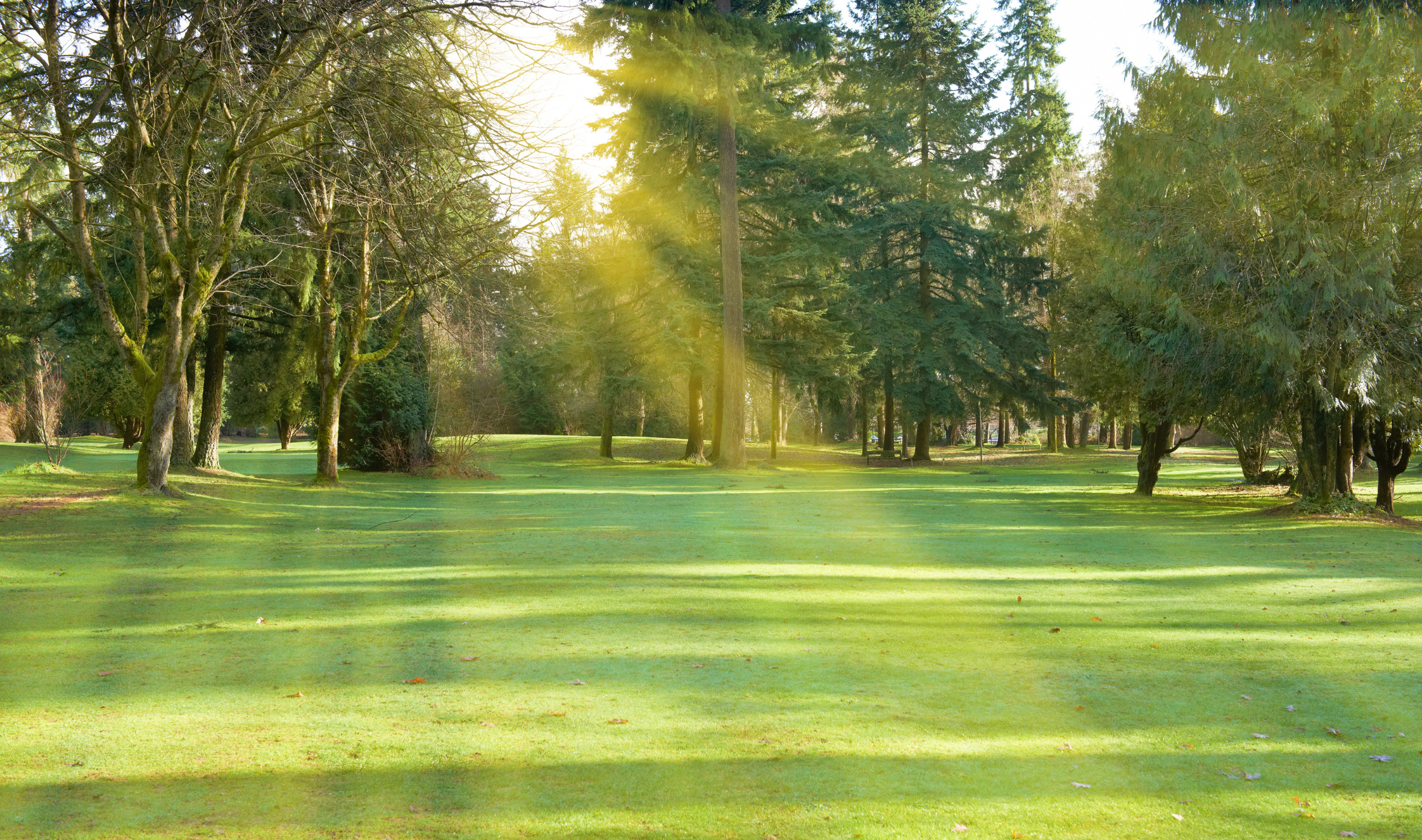
What To Do Instead
Instead of mowing, focus on helping your lawn recover from the heat. Water early in the morning if your area allows it, and keep foot traffic to a minimum so the soil doesn’t compact. If the lawn looks dry or brown, leave it alone. It’s likely dormant, not dead. You can also sharpen your mower blades or clear excess debris from your yard, helping prepare your lawn for better conditions ahead.
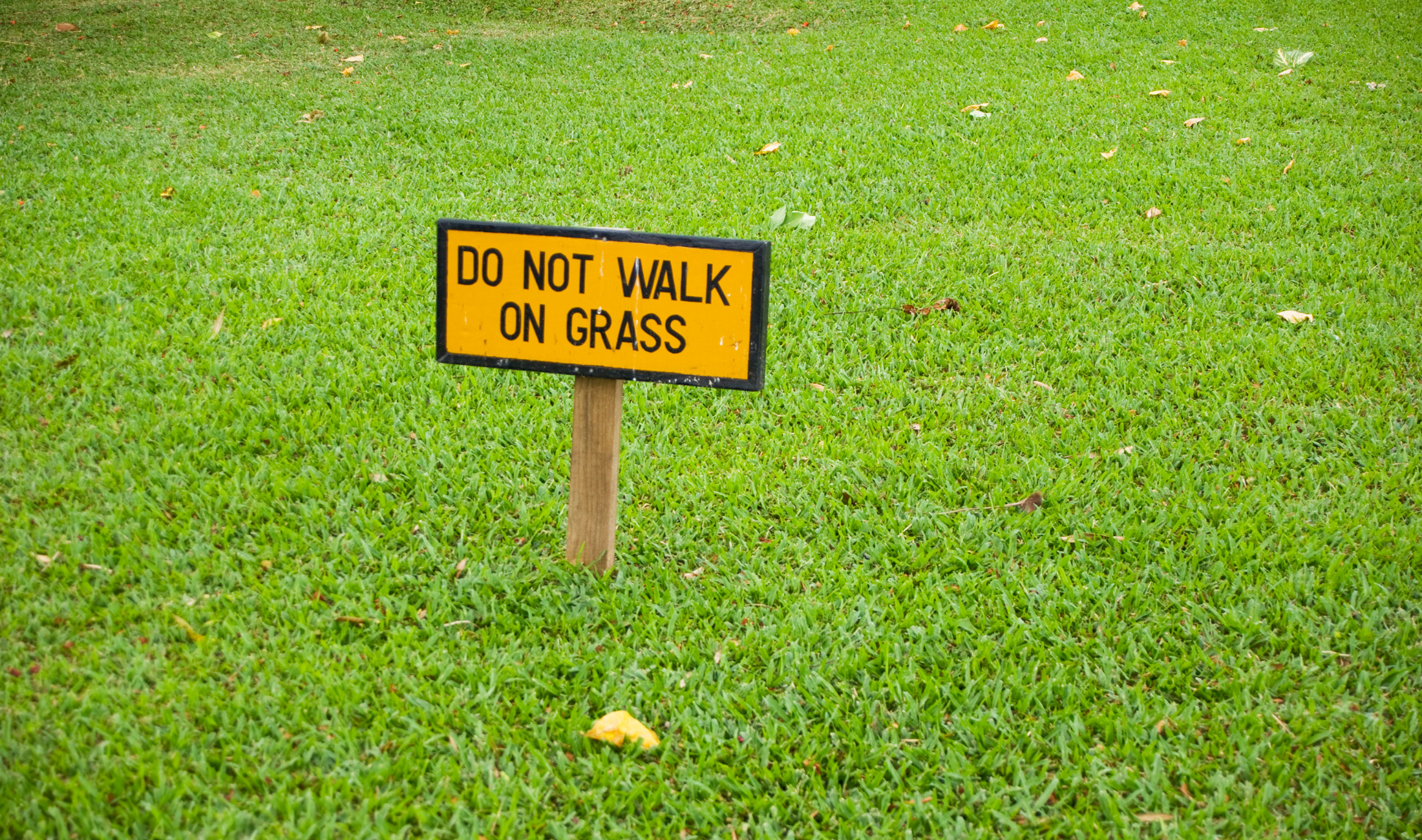
Related Articles
- Forget Your Grass Lawn, Try These Low-Maintenance Alternatives
- Topdressing Your Lawn Is The Best Way To Ensure Thriving Grass
- Mowing Your Lawn This Way Stops Weeds From Spreading
Letting your lawn grow a little longer during a heatwave isn’t neglect, nor will it ruin your grass forever. The best way to support grass in extreme heat is by doing less, not more. You’ll avoid lasting damage, protect your tools, and keep yourself safer in the process. When the heat finally breaks, your lawn will be better prepared to thrive again.

